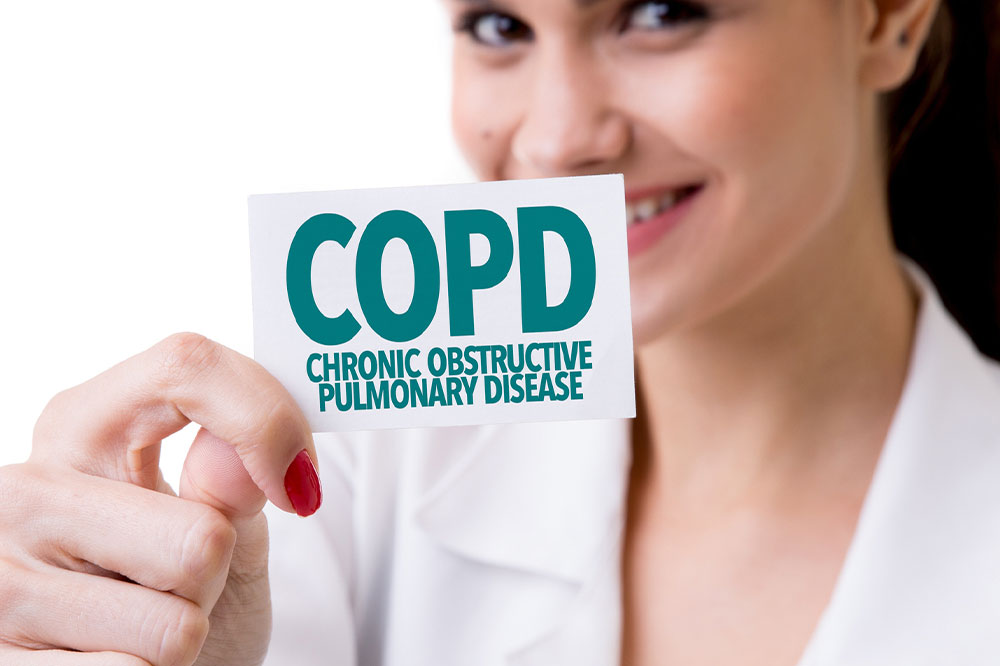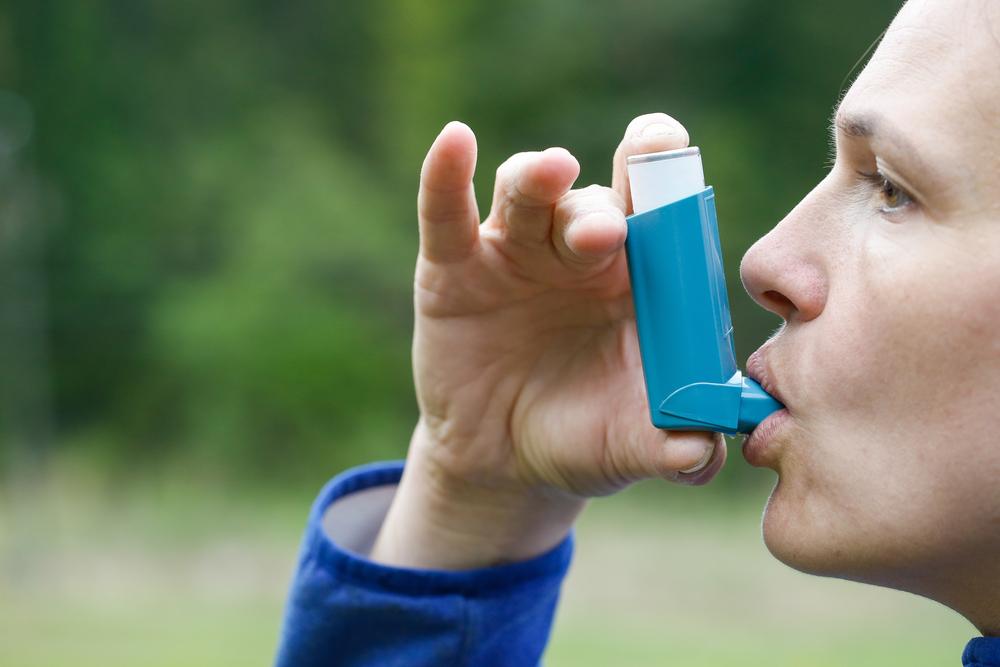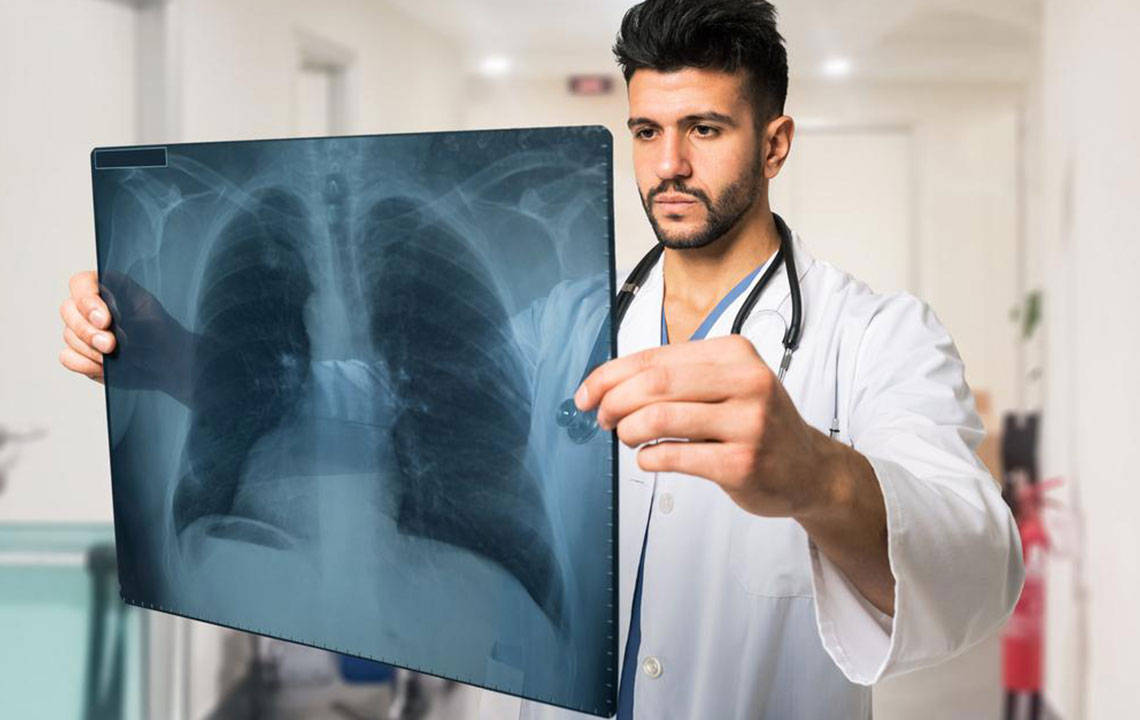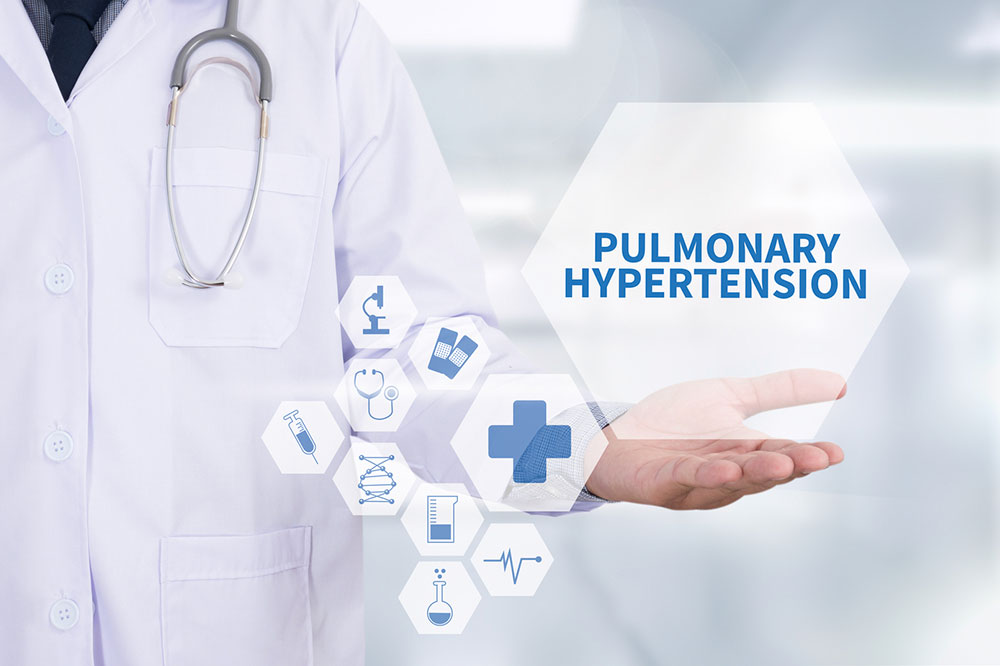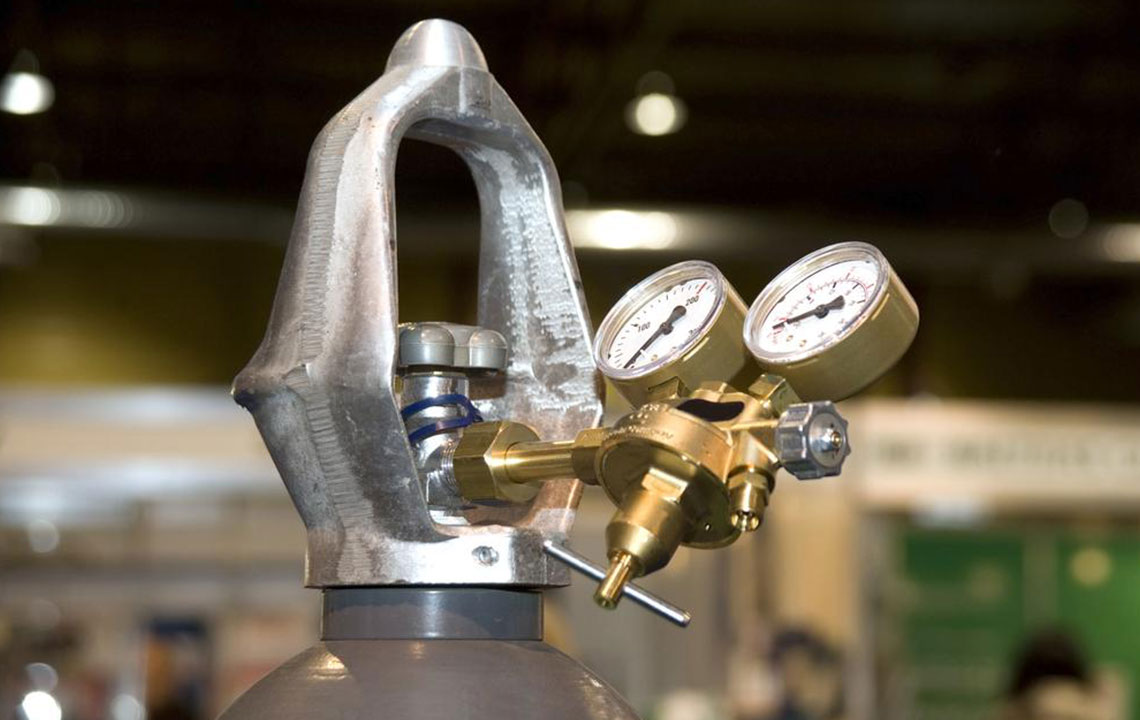Comprehensive Approaches to Managing COPD Symptoms and Disease Progression
COPD is a progressive lung disease requiring a comprehensive management approach that includes lifestyle changes, medication, pulmonary rehab, and close monitoring. Early diagnosis and tailored treatments significantly improve quality of life and slow disease progression. This article explores strategies for effectively managing symptoms across all stages of COPD, emphasizing prevention, early intervention, and personalized care for better health outcomes.
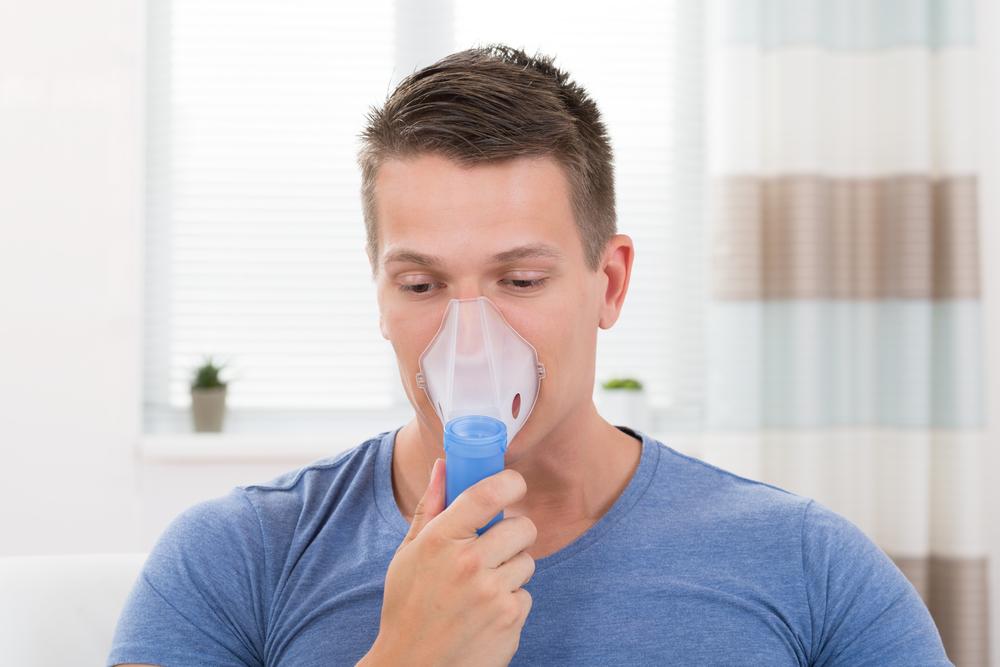
Comprehensive Approaches to Managing COPD Symptoms and Disease Progression
Chronic Obstructive Pulmonary Disease, commonly known as COPD, is a complex and progressive respiratory condition that significantly impacts a person's quality of life. Characterized by persistent airflow limitation, COPD manifests through symptoms such as chronic cough, mucus production, and shortness of breath. As the disease advances, these symptoms worsen, leading to decreased physical activity and increased hospitalizations. Proper management strategies are crucial for mitigating symptoms, slowing disease progression, and enhancing overall well-being.
Understanding COPD is essential for effective intervention. This disease typically results from long-term exposure to harmful particles and gases, with cigarette smoking being the primary risk factor. Other contributors include exposure to air pollution, occupational irritants, genetic predispositions (such as alpha-1 antitrypsin deficiency), and prior respiratory infections. The interaction of these factors causes inflammation within the airways and lung tissue, leading to structural changes, narrowed airways, and diminished gas exchange capacity.
Preventive measures are vital to reduce the risk of developing COPD or to halt its progression. Quitting smoking remains the most influential step, as continued tobacco use exacerbates inflammation and tissue destruction. Avoiding exposure to environmental pollutants, dust, fumes, and occupational hazards is also critical. Maintaining a healthy lifestyle that includes regular physical activity supports lung health and overall resilience against respiratory decline. Vaccinations against influenza and pneumonia help prevent infections that can worsen COPD symptoms.
In terms of treatment options, a multimodal approach tailored to the severity of the disease is most effective. Pharmacological therapies are central to managing symptoms, with inhaled bronchodilators (such as beta-agonists and anticholinergics) being the cornerstone of treatment. These medications help open the airways, making breathing easier. Inhaled corticosteroids may be prescribed for patients experiencing frequent exacerbations or significant inflammation, reducing airway swelling and mucus production. Long-term oxygen therapy might be necessary in advanced stages to maintain adequate oxygen levels and improve survival.
Rehabilitation programs, including pulmonary rehab, are essential components of comprehensive management. These programs combine exercise training, education, nutritional advice, and breathing techniques to enhance lung function, reduce symptoms, and improve quality of life. For some patients, particularly those with severe airflow limitation, surgical options like lung volume reduction surgery or even lung transplantation might be considered when appropriate.
Recognizing early symptoms is crucial for prompt diagnosis and treatment. Patients often present with a persistent cough, increased sputum production, shortness of breath during exertion, and in severe cases, resting breathlessness. Skin discoloration, particularly a bluish tint around lips and fingertips (cyanosis), can indicate significant hypoxemia. Early detection involves spirometry testing to assess lung function, especially FEV1 (Forced Expiratory Volume in one second), which helps classify the severity of COPD into four stages — mild, moderate, severe, and very severe.
The management strategies vary according to the disease stage. In mild cases, lifestyle modifications and self-management education are often sufficient. As the disease progresses, inhaler therapy, physiotherapy, and supplemental oxygen become necessary. Patients are advised to avoid irritants, engage in pulmonary rehabilitation, and adhere strictly to medication schedules to control symptoms effectively.
Advanced stages require careful monitoring and often involve hospitalizations for exacerbations. Managing comorbidities such as cardiovascular disease or osteoporosis is also essential. Regular follow-up with healthcare providers ensures timely adjustments to treatment plans, optimizing disease control and preventing complications. The ultimate goal of COPD management is to improve quality of life, prevent exacerbations, and prolong survival.
In summary, comprehensive COPD management involves a combination of lifestyle modifications, pharmacological treatments, rehabilitative therapies, and vigilant monitoring. Patients are encouraged to work closely with healthcare professionals to develop personalized treatment plans. Early diagnosis and intervention are key to controlling symptoms and slowing the progression of this chronic lung disease, ultimately enabling patients to lead more active, healthier lives despite their diagnosis.
